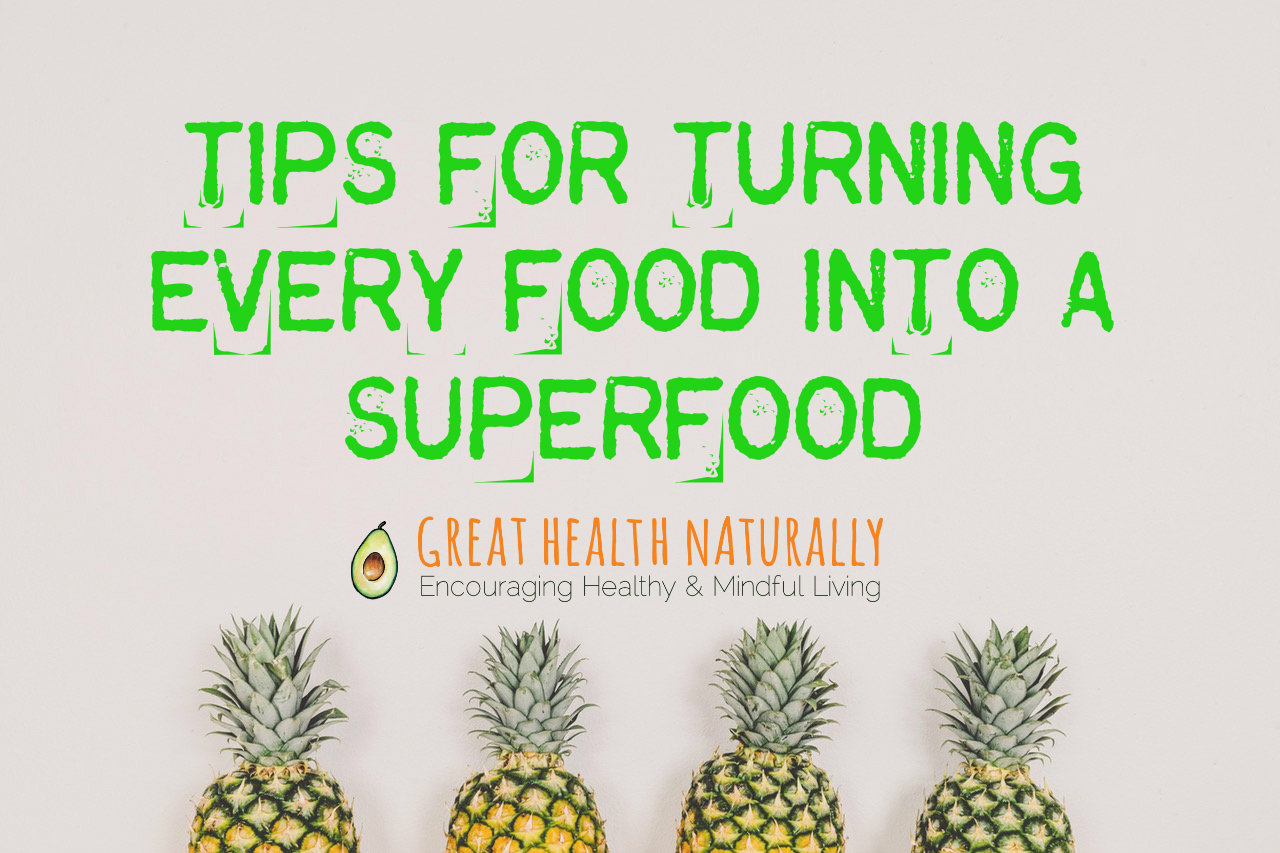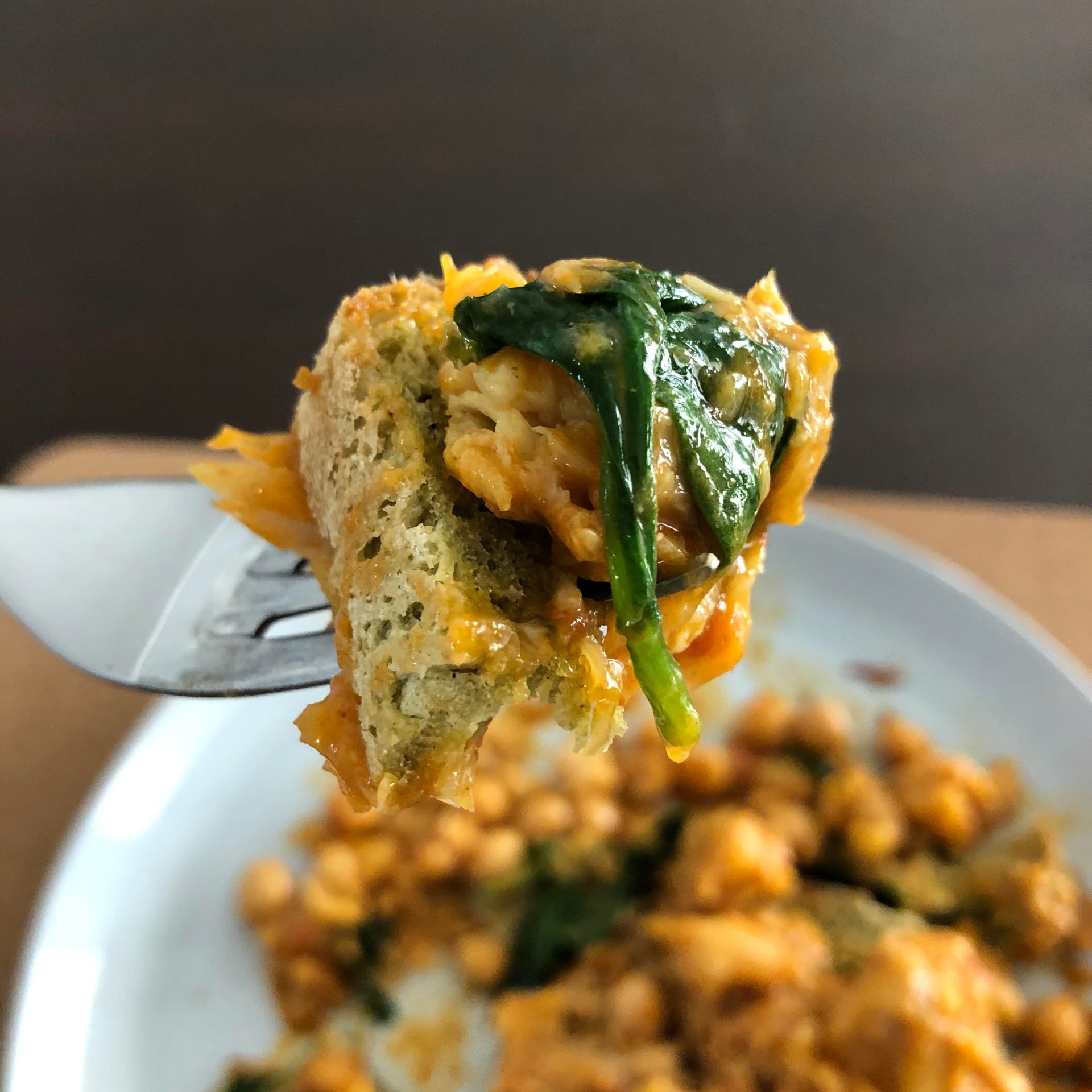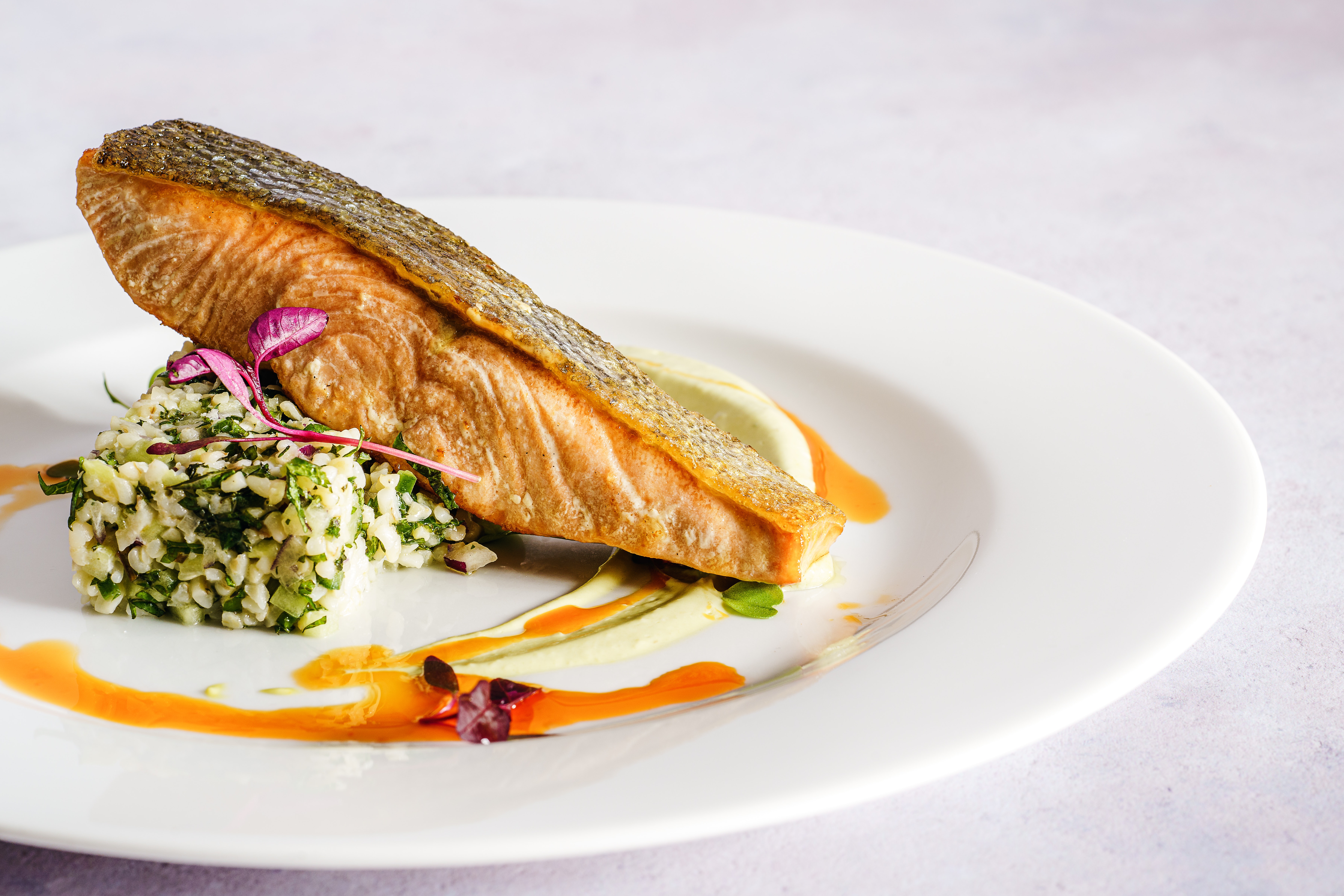
The term “superfood” gets thrown around a lot these days. So far, we know that a superfood is supposedly a food that has superior nutrition to other foods. While there is no specific data available on how many foods can be classified as one, we are lead to believe that only certain foods can be superfoods. But what if any food (within reason- not like a donut or anything) can be turned into a superfood by eating it at the exact time when its nutrients are the most absorbable?
Bioavailability refers to how well your body absorbs nutrition from the food you eat. Although it’s a very complex process, a food’s bioavailability deals with its age and preparation, how long it has been since it was picked, and your own individual ability to break it down. This depends on your enzymes, gut bacteria and stomach acid, along with a whole bunch of other complex pathways that can easily be improved with careful consideration.
Here are some tips for turning your favourite foods into superfoods.
- Eat A Variety of Foods
The more fruits and vegetables you eat, the greater nutrient exposure you get, which also makes you more likely to absorb a wider variety of nutrients that you would be limited to if you stuck to your favourite foods. One study that reviewed the differences in the growing conditions of food (including sunlight time, soil health, and water content) found a great deal of differences between calcium, iron, phosphorus, and magnesium levels.
According to the Journal of the American College of Nutrition, there are reliable declines in the amount of calcium, protein, phosphorus, iron, riboflavin, and vitamin C in food over the past 50 years. Researchers link this decline to agricultural practices that are designed to improve the size, growth rate and pest exposure to food, and not necessarily the nutrition. While you cannot control the fact that our food is losing its nutrition, you can optimise what you have to work with by eating a wide variety of lots of fruits and vegetables.
- Eat Local, ASAP
Although it might be a nuisance to constantly run to the market, be sure to eat your produce as soon as you pick it up. The longer you wait, the more nutrition your food will lose. Respiration is a natural process in which plants lose their stored nutrients due to their attempt to stay alive by breaking down and releasing them. Coupled with warm temperatures and lots of travel across states and even countries, your food is not the same once it gets to your table as it once was when it was freshly picked. It’s always best to eat produce from local farmers markets as these foods are more likely to be fresh and contain higher amounts of nutrients than grocery store produce.
- Switch Up Preparation Methods
While many foods are different, switching up your preparation method will help increase your exposure to more nutrients. Both fat-soluble and water-soluble vitamins such as folate and vitamins A, D, E, B1, B5, C, and B12 can be lost when cooked at high temperatures. However, some minerals and phytochemicals become more easily absorbed when they are cooked. These include lycopene, potassium, iron and calcium. Be sure to eat a variety of raw and cooked produce to get the most from your food.
- Chew Your Food
It might seem like a no-brainer, but food is harder to absorb when it is not properly chewed. Proper digestion occurs in stages, and chewing is number one. Chewing starts the breakdown process of food and is later joined by enzymes and stomach acid. When you begin to chew your food, an enzyme called amylase that is found in salvia begins to break down starch and carbohydrates.
The stomach then releases enzymes that break down protein called proteases along with hydrochloric acid to kill bacteria in the digestive tract. As food moves down the digestive tract, more digestive enzymes are released from the pancreas to help digest fat, carbohydrates and protein. Enzyme production is greatly decreased from stress, medications, and bad food choices, so chewing your food is like giving your enzymes a much needed helping hand when it comes to absorbing nutrients.
- Improve Your Microbiome
The bioavailability of your food is only as good as the health of your gut. In other words, even the most bioavailable foods cannot be absorbed into a damaged or impaired microbiome. Your microbiome is a bacterial system that makes up most of the immune cells in your body. It is also responsible for breaking down and fermenting undigested short-chain fatty acids and creating certain vitamins, such as vitamin B12, vitamin K, riboflavin and thiamine.
The best way to improve your gut health is by eating fermented foods, prebiotics, and probiotics such as sauerkraut, tempeh, yogurt, onions, asparagus, garlic, bananas, and chicory root. You can also start sprouting your own foods at home to ensure they are more nutritious. Many foods such as rice, nuts, and seeds contain anti-nutrients such as lectins and phytates that bind with certain nutrients to make them less bioavailable. Soaking them in water or sprouting them deactivates these pesky buggers, making your food more nutritious.


